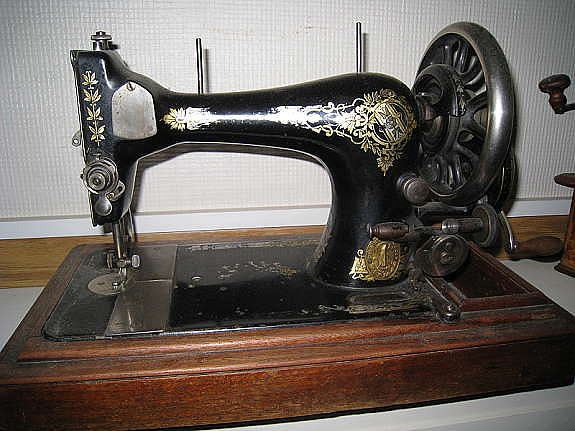- Messages
- 9,087
- Location
- Crummy town, USA
The threadbanger is a cool machine. Ive worked on one. I also love the metal frame and guts too  Can you get one without all the fancy tattooing on it? Thats a bit too hard core for me.
Can you get one without all the fancy tattooing on it? Thats a bit too hard core for me.
LD
LD




